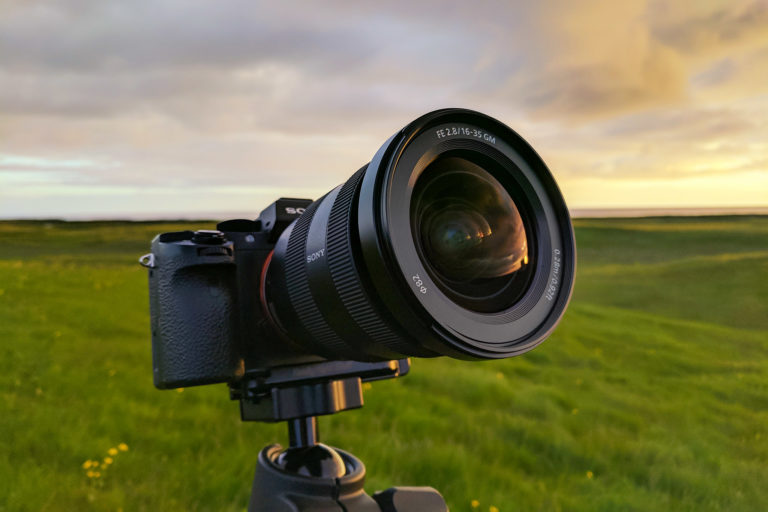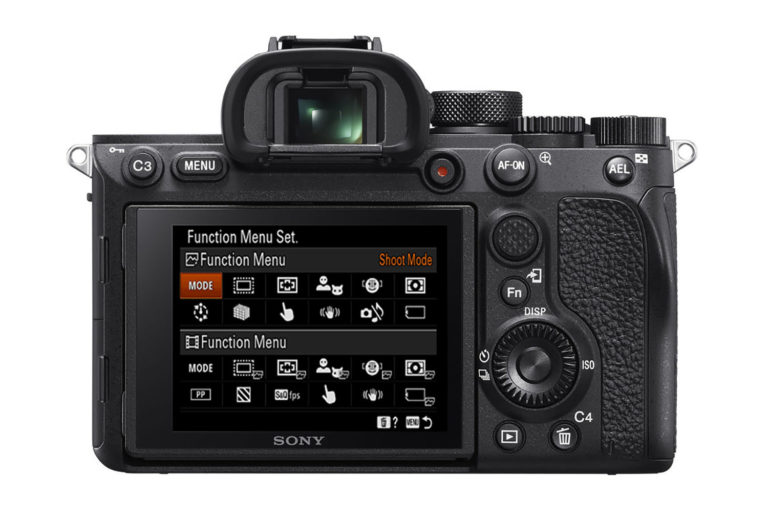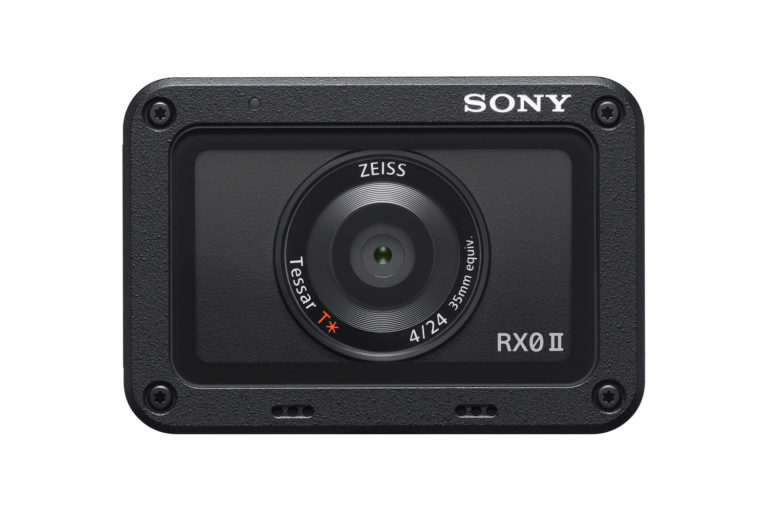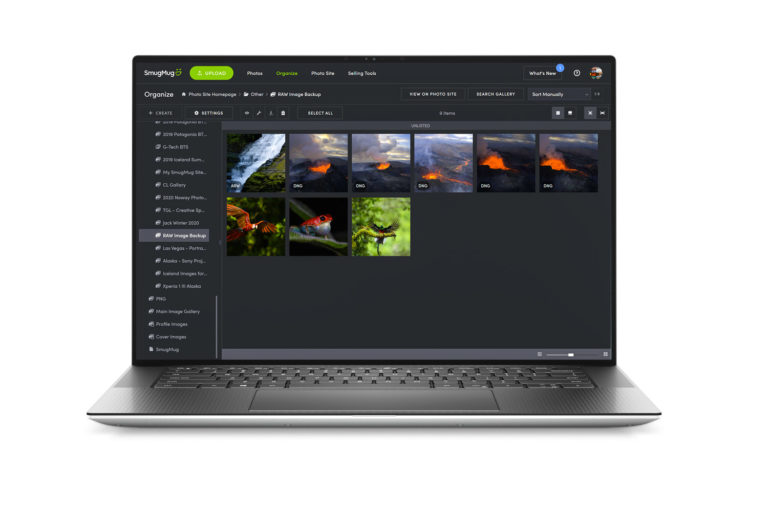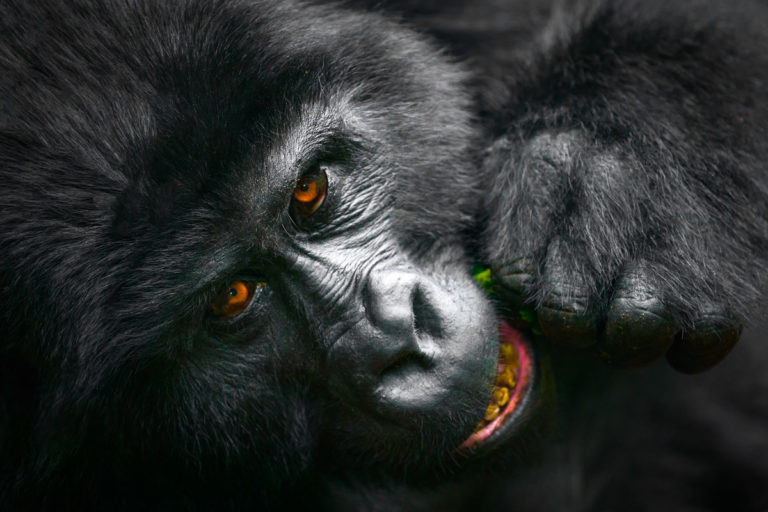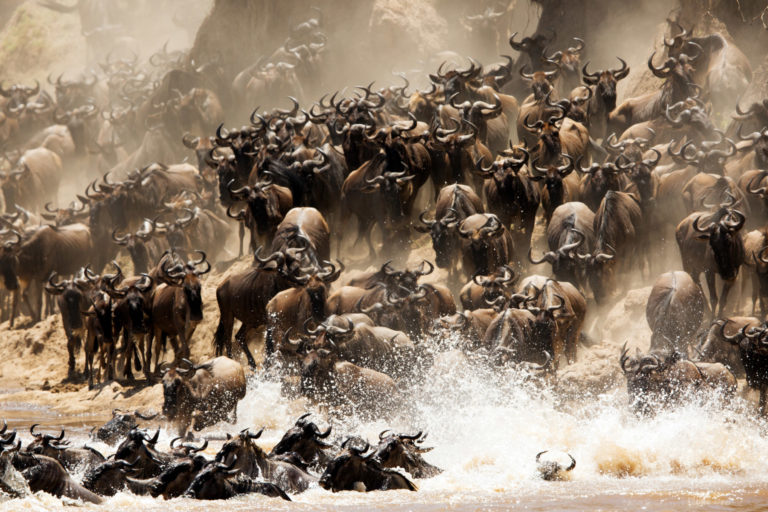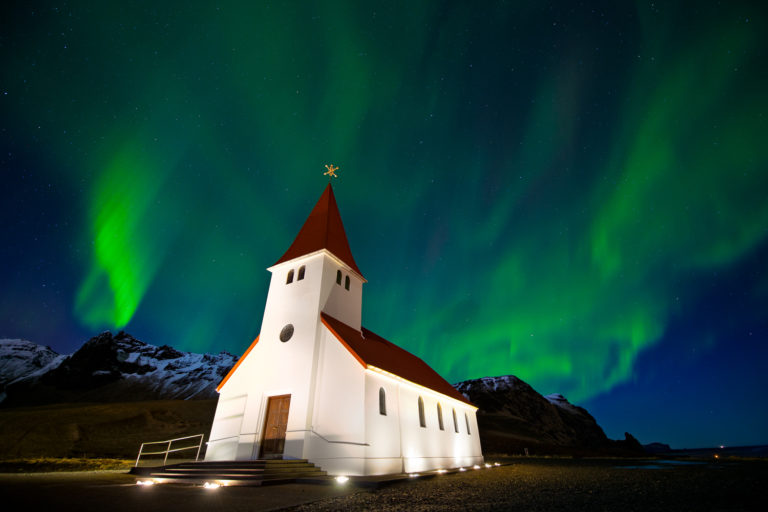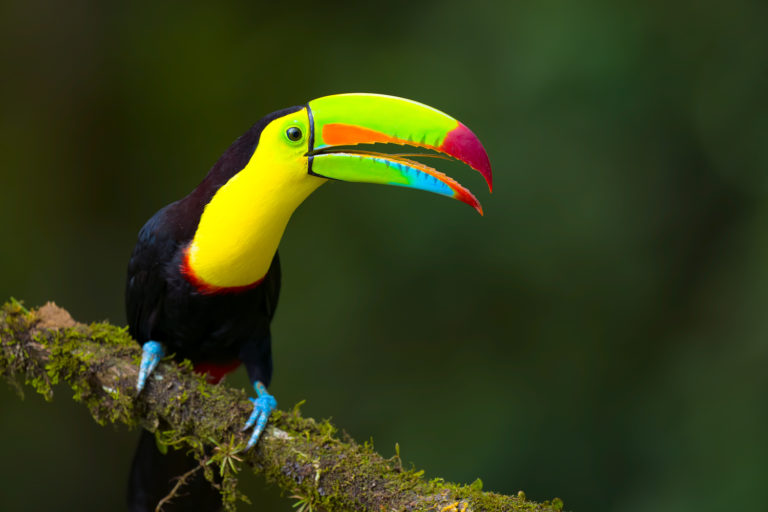 Every once in a while I find an email in my inbox from some independant company that wants to send me a product to check out. In theory, it is a solid business marketing model. You find individuals that have a large social media presence, with the hope that they will help spread the word about your product. Where the plan usually breaks down is in the quality of the product. Very often I find myself looking at a product, wondering…”What the heck were they thinking?”. At that point, I contact the company and tell them that I wish to return the product. Having me keep it and write about it can only do them harm.
Every once in a while I find an email in my inbox from some independant company that wants to send me a product to check out. In theory, it is a solid business marketing model. You find individuals that have a large social media presence, with the hope that they will help spread the word about your product. Where the plan usually breaks down is in the quality of the product. Very often I find myself looking at a product, wondering…”What the heck were they thinking?”. At that point, I contact the company and tell them that I wish to return the product. Having me keep it and write about it can only do them harm.
But every so often I come across a great product that has been well executed and well thought out. Which is exactly how I would describe the Backlit Box. The basic principle is having an image printed on a special photographic film, mounting that to a frame and then having the film lit up by LEDs.
Initial Thoughts:
Now I know what you are thinking. “Is he talking about the gimmicky display cases that you see in malls in rural America?” To be honest, at first, that is what I thought it was, but like all good lessons in life, sometimes it is fun being wrong. Upon opening the package, I immediacy noticed the quality of product. From the detailed photographic film to the clean and unobtrusive black frame, I was certainly caught off guard. However it wasn’t until I plugged it in that it really began to shine…pun most definitely intended 🙂

The image that I choose to be turned into a Backlit Box was one of my favorites from Patagonia in Southern Chile. It had rich saturated colors and nice soft shadows that I felt would work well with this concept of product…and I was right this time. The next two images illustrate the difference between when it is powered on and when it is left unplugged.

As you can see, the Backlit Box even looks great during the day.

How Is It Made?
It starts out with your image being printed on that special photographic film that I mentioned earlier called “Duratrans”. Originally trademarked by Kodak, the material they use is called “Fujitrans Crystal Archive Display Material”, which is certainly a mouth full. This kind of material has been around for years and is even used in movie theaters. So back to the process. The material is exposed on a special laser printer and then developed in a darkroom for warm photography quality images. The film is then permanently adhered to the frame (PVC plastic) using an acrylic adhesive. The Backlit Box is then laminated inside and out to protect from UV rays (fading). Fun fact, the duratrans is a continuous tone process which means the resolution equivalent is around 1400dpi or so. Now that is high quality! For more information about the material, you can visit the Backlit Box Product information page HERE.
How Much Is This Going To Set Me Back?
Surprisingly, not that much. When compared with other similar products, Backlit Box seems to be nearly 1/3 or 1/2 the price.
They start at $90 for an 8×8 and go up to $265 for a 20×30. Soon they also plan on offering custom sizes as well, which should help those of you that love to get “crop” happy with your images. You can find their entire pricing sheet HERE.
Final Thoughts
I was pleasantly surprised with not only the quality of the Backlit Box, but also how much both my wife and I really love the product. It actually acts as a nightlight for my newborn son in his Nursery and both friends and family members have been impressed when they see it in person. Will I use this with my photography business? I am certainly considering it. They make great gifts and with the right kind of image, the Backlit Box truly displays your images in a creative, unique and beautiful way.
*You can win one of these away in a Google+ Exclusive Giveaway I started last night. It runs through October 2nd, 2011. Click HERE for more details.


